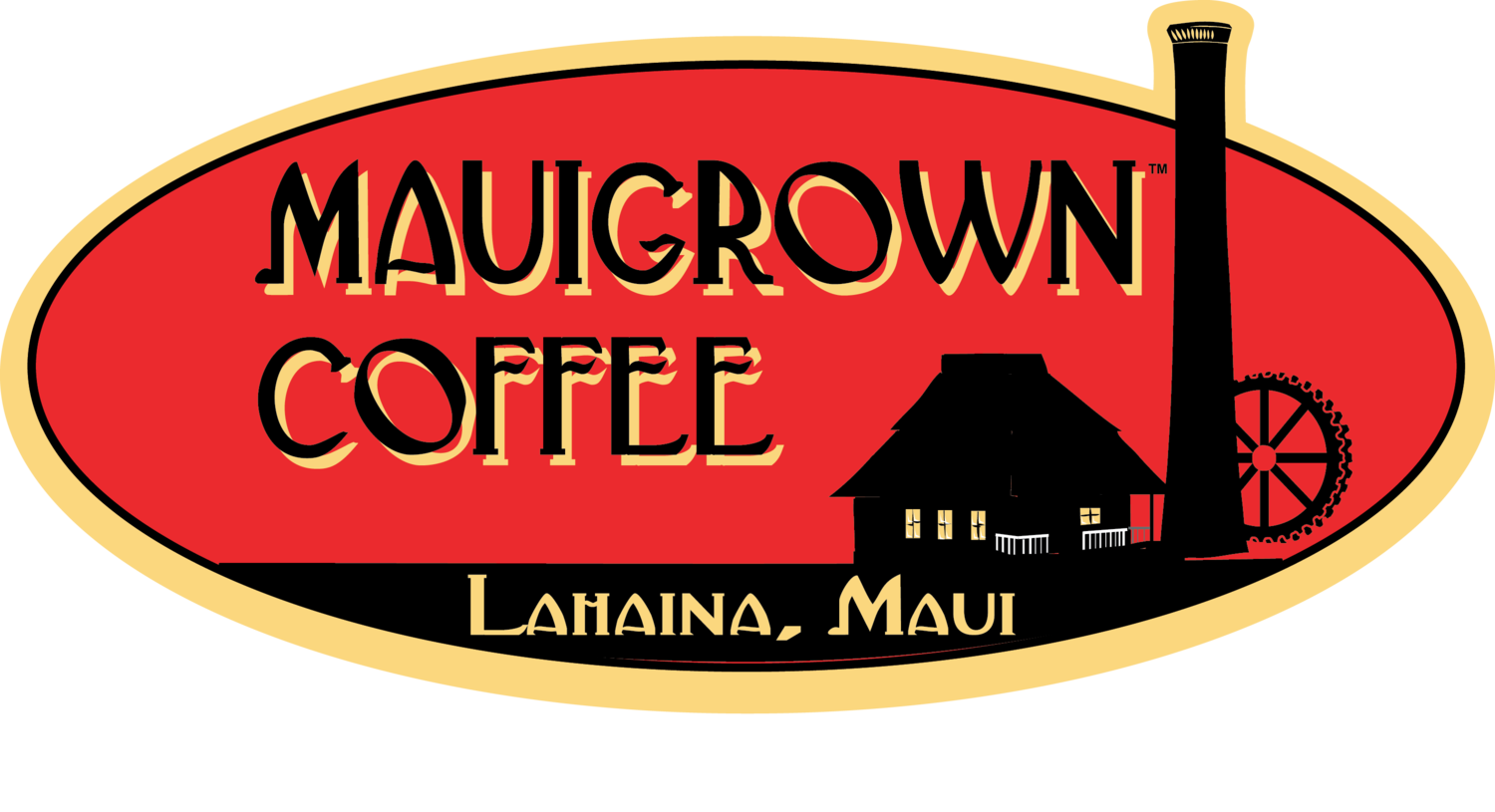MauiGrown Coffee hopes coffee industry's “perfect storm” bodes well for 100% MAUI Origin coffee of Maui Mokka® in the world
/There’s a lot to be said about being in the right place at the right time. For fifth generation Lahaina farmer James “Kimo” Falconer, the global coffee industry’s perfect storm is already having a positive impact on his MauiGrown Coffee’s 100% MAUI Origin brand.
Factors which are helping to boost business for growers like MauiGrown Coffee are directly linked to the scarcity of coffee worldwide, the recent inventory reduction of Hawaiian coffee, and consumer’s growing demand for specialty coffees.
According to the International Coffee Organization, world coffee exports amounted to 8.77 million 60-kilo bags in January 2011, compared with 7.56 million in January 2010. Brazil, the world’s largest coffee grower, is forecasting a harvest of 37 million bags this year, down 23 percent from 48.1 million bags in 2010. Colombia, the second largest specialty coffee producer and the biggest producer of Arabica coffee, suffered a decline to 8.1 million kg bags in 2009/2010, a 6% decrease from the prior year. Coffee production in these and other countries like Guatemala and Nicaragua have suffered from strong rains, and other economic and environmental factors.
According to industry experts, coffee prices will likely rise as global demand outpaces supply amid declining inventory.
“There used to be significant difference between Colombian and Central American coffee pricewise” said Falconer. “Now the price differential is insignificant, they’re almost equal. The ripple effect has got the big specialty coffee consumer, the U.S., scrambling and wondering where they’re going to source their coffee…and this is if everything remains status quo, which it won’t. Emerging economies are really the big factor to consider. Brazil for example, the third largest emerging country behind China and India and also the largest producer of commodity coffee, is expected to become a net importer in the near future to accommodate their rising demand.”
Hawaii’s coffee industry is also not immune to scarcity of supply and rising prices.
In Kona, last year’s bad drought has contributed to a short crop, down 30-40% in production. Growers also had to combat the Coffee Berry Borer (CBB), which may eventually have a measurable effect on their farms’ yield, but for now has created stigma associated with the Kona brand. The State of Hawaii Department of Agriculture has stepped in to protect the other islands from getting CBB by enforcing the fumigation of all unroasted coffees that are shipped interisland, a costly procedure that is sure to show up in the price for Kona coffee.
Ka`u on the Big Island is not a big producing area (average 100,000 pounds green coffee annually), however, in the next 5-10 years they have the potential to rival Kona. Currently, Ka`u sells their coffee for $11 per pound for some of their best hand picked coffee which has garnered various awards. Coffee production on Oahu is less than 100,000 lbs. and Molokai has even smaller yields.
Enter MauiGrown Coffee, the only grower of “certified” MAUI Origin coffee and the only producer of Maui Mokka in the world.
Falconer, in partnership with Kaanapali Land Management Corp. currently farms several varieties of Arabica coffees on over 400 acres in West Maui.
While MauiGrown Coffee will have a short crop this year – they estimate a yield of 230,000 lbs. of green coffee – they anticipate their best yields in the upcoming harvest this fall.
“It’s akin to the saying ‘if you build it, they will come’,” said Falconer. “We’ve made a number of investments to our operational and management practices, our fields are irrigated to better control crop growing conditions, we focus on quality control to promote a healthy crop and high cup quality, and we’re looking to the future by expanding our acreage to ensure higher yields. More importantly, we have a great product – exceptional varietals that continue to catch the attention of coffee connoisseurs worldwide.”
Consumption of specialty coffee is increasing, but the production of specialty-grade type coffees is not. With the reduction of inventory in the world’s coffee supply and in the Hawaii market, it’s opened up opportunities for growers like MauiGrown Coffee who are reaping the benefits of increased business. Three years ago, the company sold its products primarily in Hawaii and had only a few customers from the U.S. Mainland and Japan. Today, in addition to their loyal and growing Hawaii clientele, the company has nearly 50 U.S. Mainland and Japanese customers.
According to long-time MauiGrown Coffee customers like David Gridley, President of Maui Oma Coffee Roasting Company, the 100% MAUI Origin brand stands apart from other Hawaiian coffees.
“Kimo’s different varietals and method of processing the coffee is what makes MauiGrown’s products unique and diverse,” said Gridley. “The coffees have a depth in body and flavor that is rarely found in Hawaiian coffees. Their Red Catuai has a bold, rich flavor and a smooth, full finish with a hint of chocolate. Their Maui Mokka is one of the most unique coffees in Hawaii today. Developed specifically for the West Maui growing region, this small bean packs a powerful punch – a full, rich flavor with chocolaty and fruity undertones that add dimension in the cup.”
“Being a farmer has gotten better recently, I’m glad this is happening in my lifetime,” said Falconer. “In the next 10 years our world’s food source will be getting real scary. Farmers will be extremely busy, we’ll continue to see a lack of inventory of foodwith steadily climbing prices, but I don’t see prices for coffee coming down anytime soon. I’m also optimistic that there’ll always be a market for Hawaiian coffee.”










